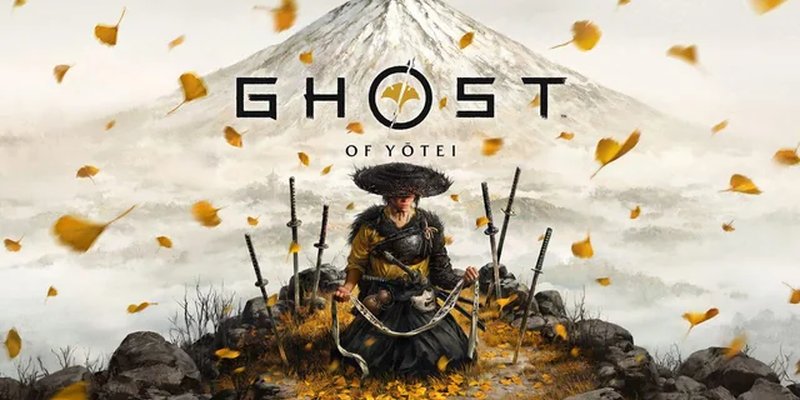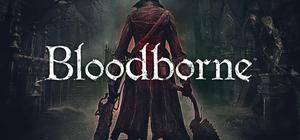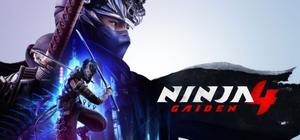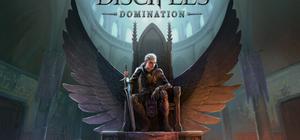Sucker Punch seems to be doubling down on what made Ghost of Tsushima a masterpiece: a stunning world and the freedom to explore it. But with the upcoming Ghost of Yotei, they're not just giving us a bigger map; they're fundamentally changing how we experience the story with the "Vengeance" system. Get ready for a truly non-linear journey of revenge set 329 years after Jin Sakai's tale, where your choices write the story.
Our new protagonist is Atsu, a woman on a quest for what the developers call "underdog vengeance." Sixteen years before the game begins, her family was slaughtered by the ruthless "Yotei Six" clan. Now, in 1603 Ezo (modern-day Hokkaido), it's time for payback. The campaign's structure is built around this quest, allowing you to hunt these six primary targets in any order you see fit. This isn't just choosing a different mission from a list; it’s about tearing the script to pieces and forging your own saga.
Forging Your Own Path to Revenge
Sucker Punch has stated that Ghost of Yotei "focuses on player freedom more than any game Sucker Punch has ever made." Honestly, that’s a bold claim, but one I’m excited to put to the test. In an industry that often leads us by the nose with quest markers, this level of trust in the player is a breath of fresh air. Instead of a traditional journal, the game uses a "clue system" with cards to track your objectives. You'll uncover these by exploring the world and interrogating foes, making discovery feel organic-like a detective piecing together a case rather than a player checking off a to-do list.
The game also introduces "pocket worlds" through flashback sequences, allowing you to explore Atsu's past before tragedy struck. This is a fantastic way to build a deep, emotional connection with the protagonist without bogging the main story down with excessive exposition. To streamline the experience and reduce the classic open-world burden of backtracking, a new campsite system brings your allies-Atsu's "wolf pack"-and essential upgrades directly to you. It's a simple, elegant solution that respects the player's time. More of this, please.
A Story Shaped by Your Blade
The real genius of the "Vengeance" system appears to be how your choices will ripple through the world of Ezo. The order in which you eliminate the Yotei Six will reportedly have a tangible impact on the narrative. Taking out one clan leader might bolster the defenses of another, change the dialogue with your allies, or alter the very landscape around you. This promises a dynamic world that doesn't just wait for you; it reacts to you. It’s the kind of emergent storytelling that turns a good game into an unforgettable one.
The Tools of a Ghost
Of course, vengeance requires the right tools, and Atsu’s arsenal is a smorgasbord of deadly samurai and shinobi weaponry. You'll have access to a katana, spear, twin swords, a chained kusarigama, and a hefty odachi for close-quarters work. For ranged attacks, you can rely on a bow, rifle, kunai, and blinding powder. This variety isn't just for show. The weapons function similarly to the stances from Ghost of Tsushima, where certain tools are more effective against specific enemy types. The odachi, for example, is your best bet against large, heavily armored foes. Enemies can also switch up their weapons, forcing you to adapt your strategy on the fly and turning every fight into a tactical dance of death.
The "Vengeance" system in Ghost of Yotei looks like more than just a marketing gimmick. It’s a foundational design choice that champions player agency, emergent narrative, and smart, respectful game mechanics. While we'll have to wait and see how it all comes together, Sucker Punch is crafting a revenge story where the player is truly the author. I, for one, can't wait to pick up my odachi and write the first chapter.






